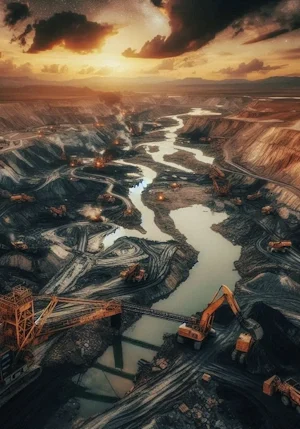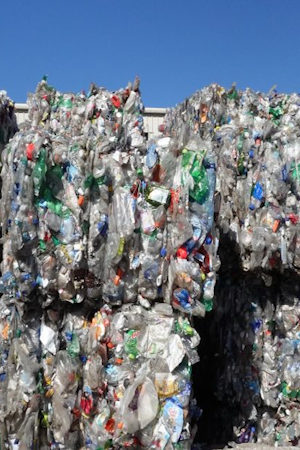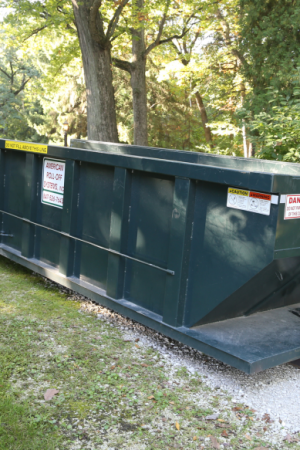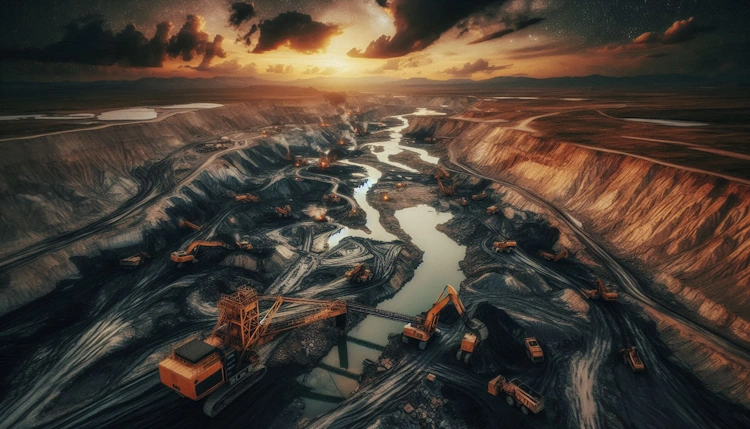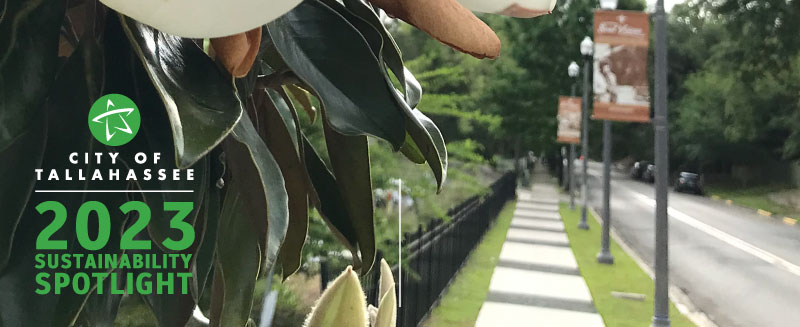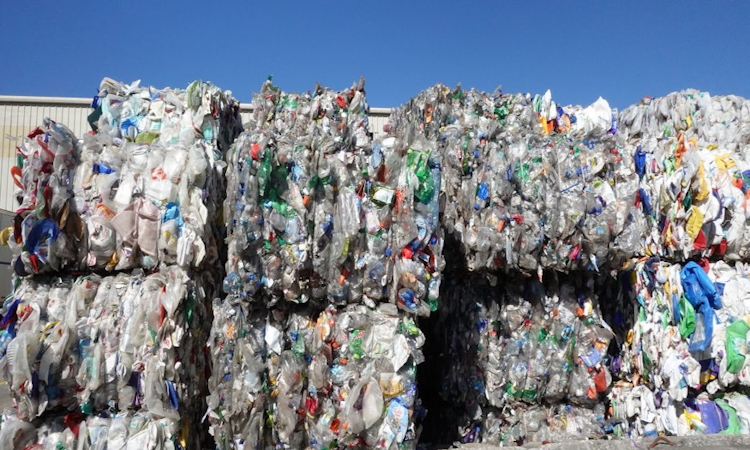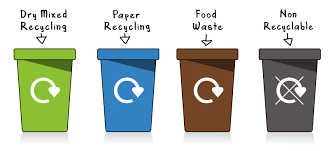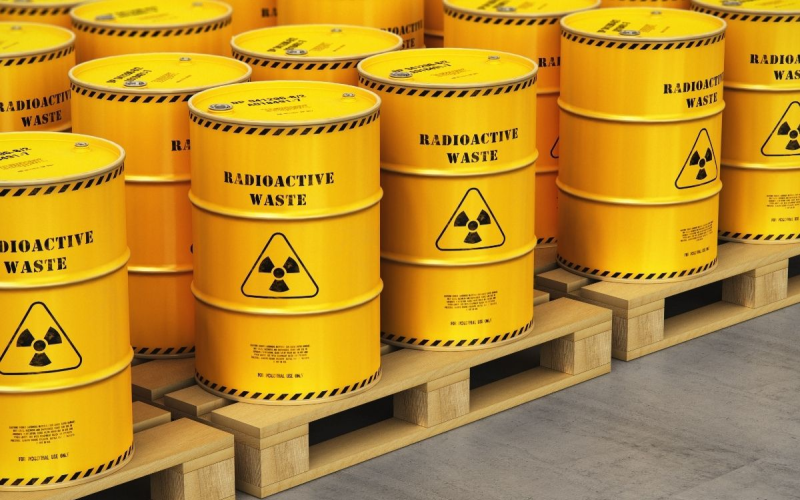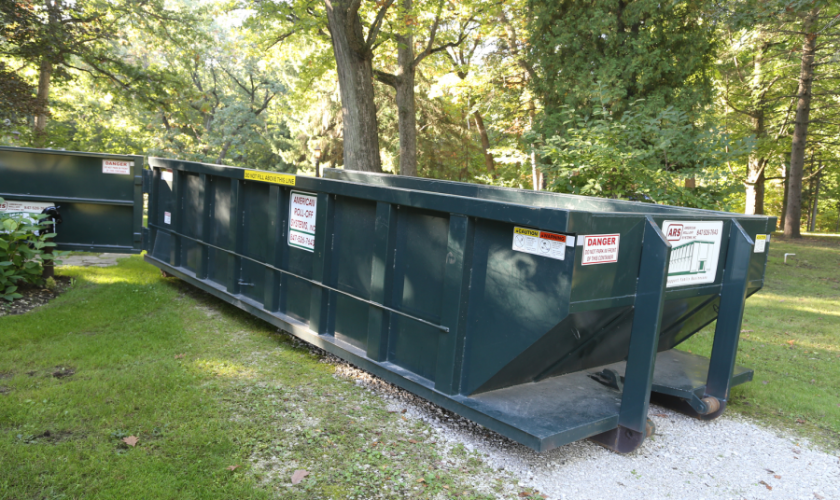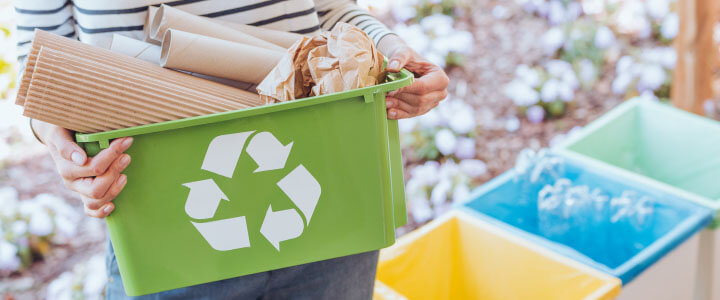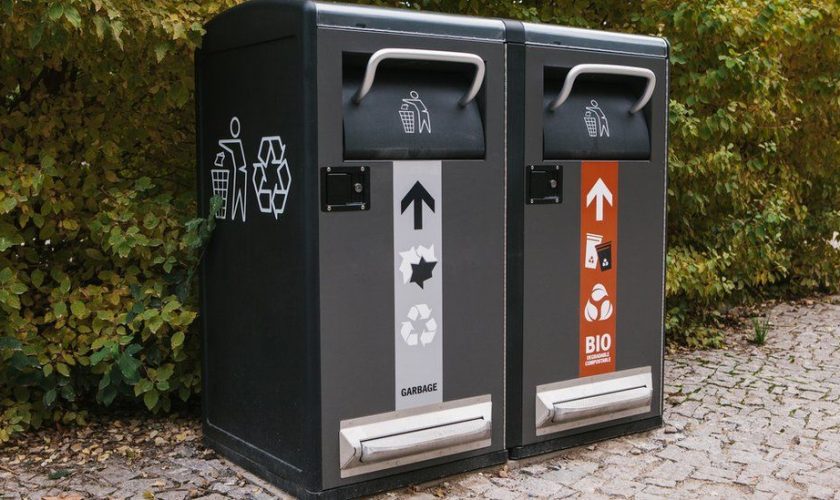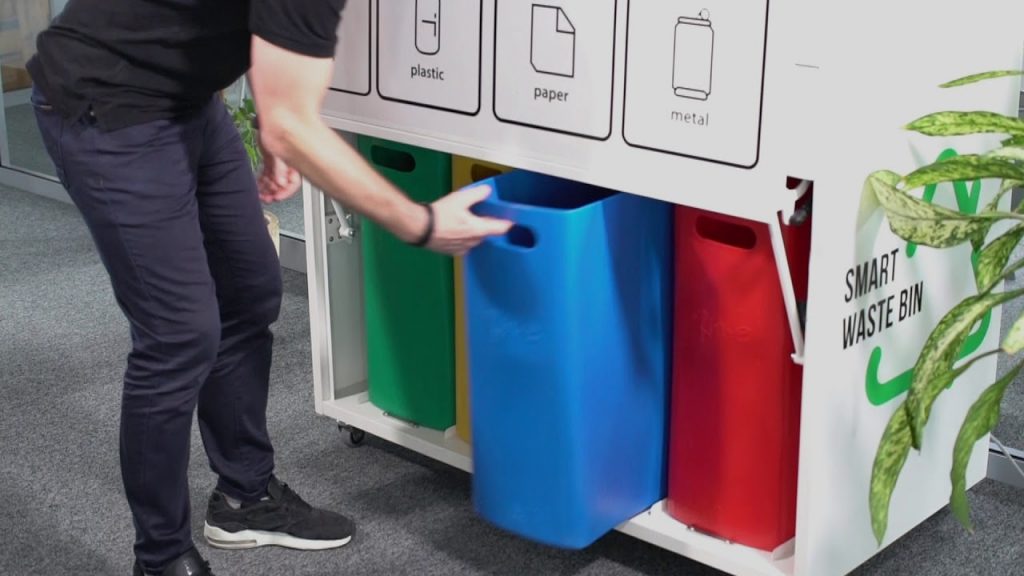Mining waste is a major environmental problem and health hazard in Texas. Even though mining companies can find a Texan dumpster rental service to discard said waste, mining waste present significant issues in the region.
As Texas continues to extract valuable minerals, the byproducts of these processes—often referred to as mining waste or tailings pose various challenges. Such waste can be for example overburden, slag, mine tailings and a wide array of liquid or aqueous wastes from the extraction processes which have their own lines of adverse environmental impacts. Mine waste characteristics mean that it is important that the scale of its impacts and solutions to regulate those are considered for sustainable development.
Types of Mining Waste
Overburden: the rock and soil which must be removed so that miners can get to mineral deposits; while too many roots are not harmful, their removal may contribute to habitat loss and soil loss.
Tailings: waste leftover after valuable minerals have been extracted; toxins are usually found after tailings piles with the inclusion of heavy metals, arsenic or cyanide.
Slag: a by-product that is produced when the motor age metal smelting process in performed containing oxides and other chemical compounds; while cleaner than tailings, pit Water is still an environmental risk.
Mine Water: the run-off from the mining process often contains heavy metals and other contaminants. Acid mine drainage (AMD) is a major issue where water becomes acidic, and in the process extracts toxic chemicals from rock with which it comes into contact.
Environmental Impacts
Water Pollution
Among the foremost mining waste is water contamination. Additionally, acid mine drainage and heavy metals leaching are problematic for local water ways causing damage to aquatic life as well making the water unsafe for human consumption. Lakes and rivers near mines often have high levels of pollutants that can linger in them for up to 50 years.
Soil Contamination
Mining can also cause soil pollution with heavy metals or other harmful substances. This not only impacts plant life but it can also make its way into the food chain, making it harmful to animals and humans. Consequently, polluted soil can also make the land unsuitable for agriculture and habitation.
Air Pollution
Mining operations are the source of dust and harmful gases in surrounding. Another challenge is dust, generated by tailings and slag piles that can enter nearby communities’ lungs and cause respiratory problems. On top of that, the smelting process produces air pollution.
Habitat Destruction
The excavation and other mining operations are carried out by removing the overburden causing degradation of natural ecosystems. This is not only bad for animals, it can also disturb ecosystems and have long-term ecological impacts.
Management Strategies
Regulatory Framework
Mining in Texas is regulated by a number of federal agencies, including: the DPA, BLM and EPA. Superfund (aka the Comprehensive Environmental Response, Compensation and Liability Act — CERCLA) deals with cleaning up sites that are polluted; this includes old mines.
Waste Treatment
The mining waste treatment is more efficient thanks to the technological advancements made. Lime neutralization can be used to remediate acid mine drainage and constructed wetlands help scrub contaminants out of mine water, for instance. Processes such as cementation can vegetation-stabilize tailings to hinder leaching.
Recycling and Reuse
Some mining waste is recyclable or re-usable. One example is use in such construction materials as cement and asphalt instead of slag. There is also a push to reclaim metals from tailings waste, where the tailings become ore and are reprocessed.
Reclamation and Restoration
A process that returns the mined land to its original condition or at least makes it somewhat usable for other purposes is known as reclamation. It can do things like re-contour the land, replace topsoil and reverditize. The efforts of restoration are targeted towards rebuilding the ecosystem, which makes land suitable for wildlife and human use.
Community Involvement
Sustainable relationships with local communities participating in planning and decision-making result in more sustainable mining processes, with less dumpster rentals and local landfills. Furthermore, It promotes public consultations and participation in community monitoring programs to ensure that mining companies are compliant of environmental regulations and address concerns raised by the local residents.
The challenges presented by mining waste in Texas are multifaceted and necessitate integrated management approaches. By means of a regulatory framework likely focused on containment and safeguards enabled by technological advancement, environmental degradation from mining waste should be easy to address with enough community input. Sustainability in mining is critical as it aims at offering the economic benefits while ensuring pollution-prevention and curtailment of mineral resource depletion that save environment and public health.

